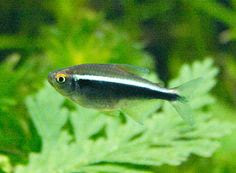Discus fish
This fish is a freshwater aquarium fish that still survive as the King of freshwater aquarium fish. Discus fish first described by Dr. Heckel in the 1840s, he describeshis findings (wild discus fish) species of Symphysodon, which means "to have teeth in the middle of the jaw". Discus fish first found is called the Heckel discushas three very striped livery. the first line which passes through the head, the second line on the part of the body, and the line ninth on the tail section. TheHeckel Discus originates from Rio Negro (Central Brazil).
In 1904, genus discus others found. Pellegrin wrote concerning inexperienced Discus (Symphysodon aequifasciata), a species found within in the lake waters of the Amazonand Peru Tefe. Then within the Thirties, and commenced to be celebrated within the discus strive cultivated within the marine museum. New within the 1930s began to fish with success developed scattered. till within the Sixties – associate mentioned that there ar 2 alternative species of discus, specifically Brown Discus (Symphysodon aequifasciata axelrodi) and Blue Discus (Symphysodon aequifasciata haraldi). though unclear, whether or not the species is really totally different than the previous species or simply the results of a captive
Discus Fish Types
1. Red Royal Blue Discus fish
2. Snake Skin Discus Fish
3. Snake Skin King Cobra Discus fish
4. Blue Diamond Discus fish
5. Red Melon Discus fish
6. San Red Discus fish
7. Golden Marlboro Discus fish
8. Leopard Snake Discus fish
9. Mosaic Leopard Discus fish
10. White Diamond Discus fish
11. Fire Cacker Discus fish
12. Heckel Discus fish
Unknown
Fish



















































